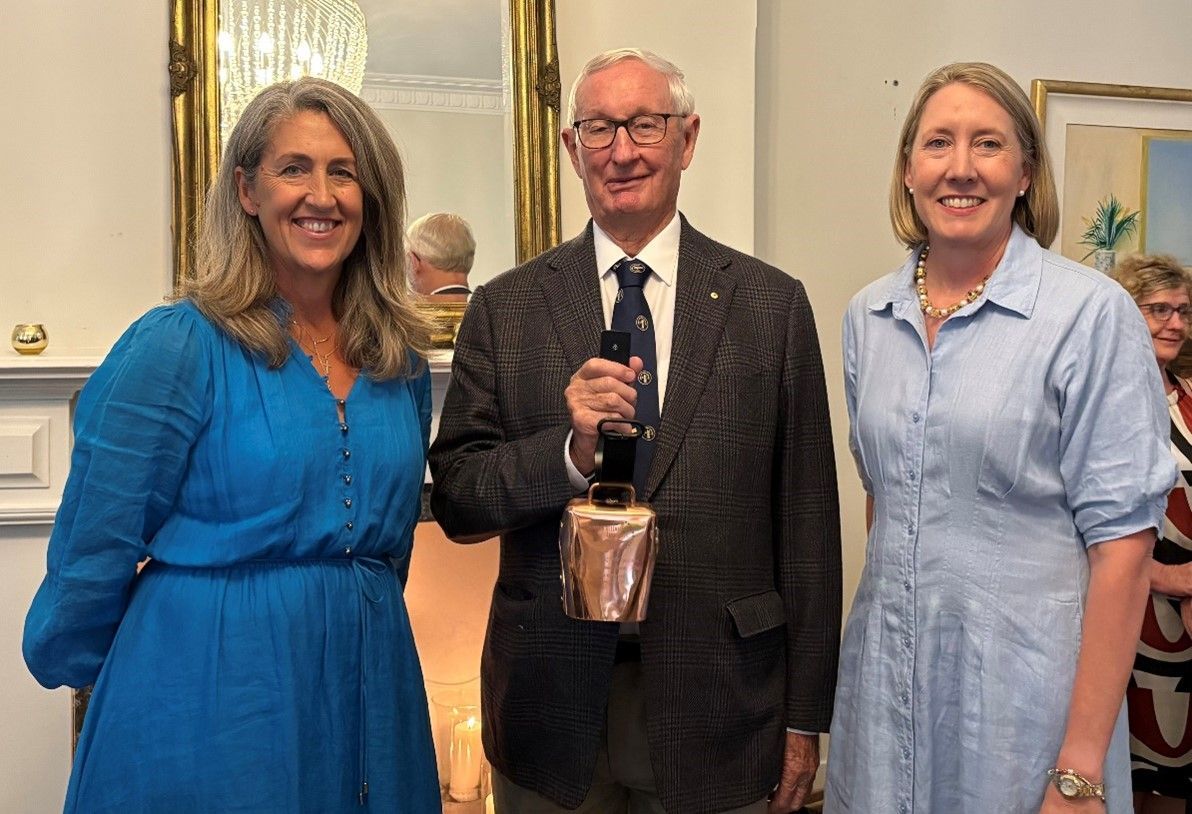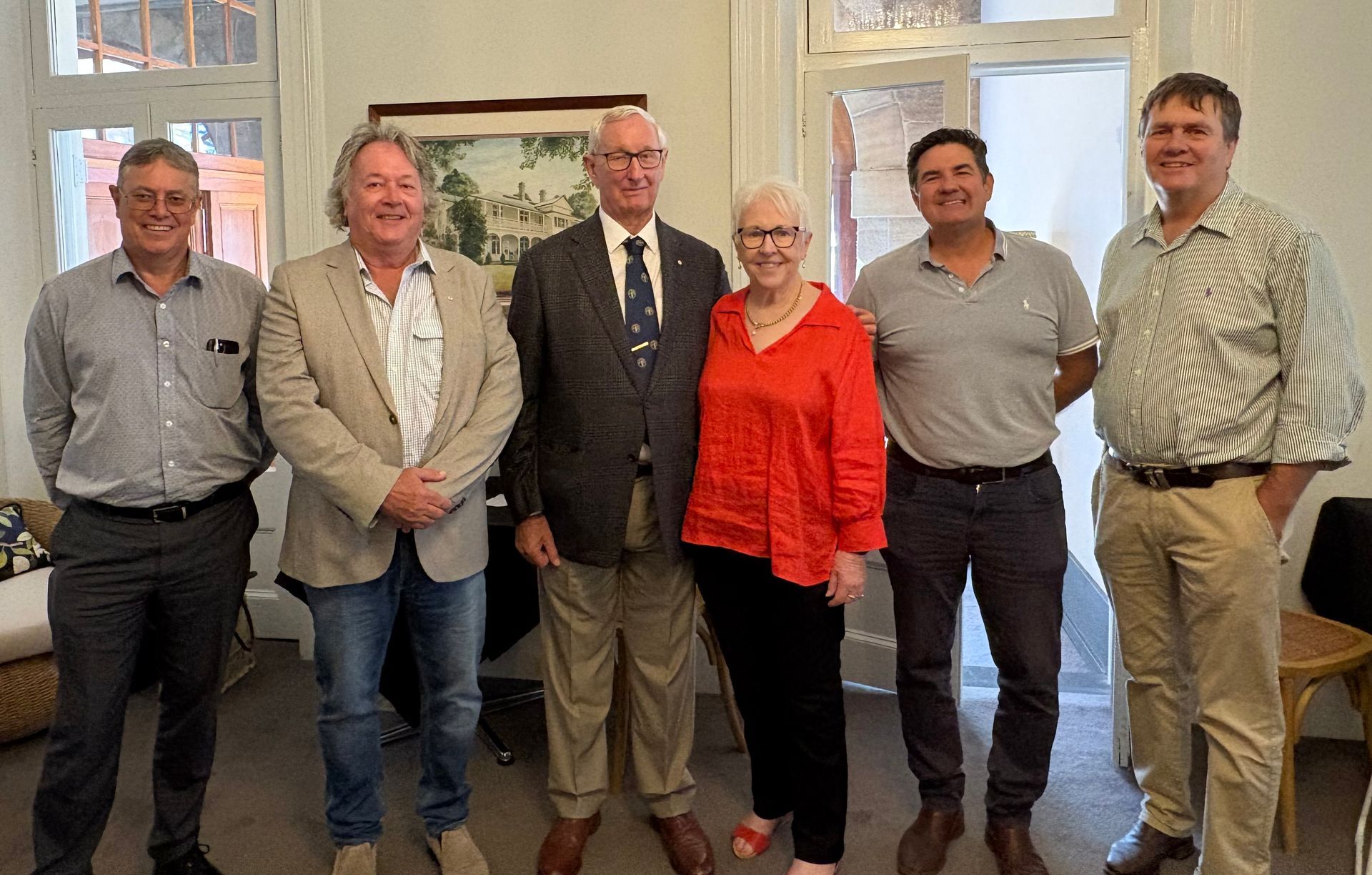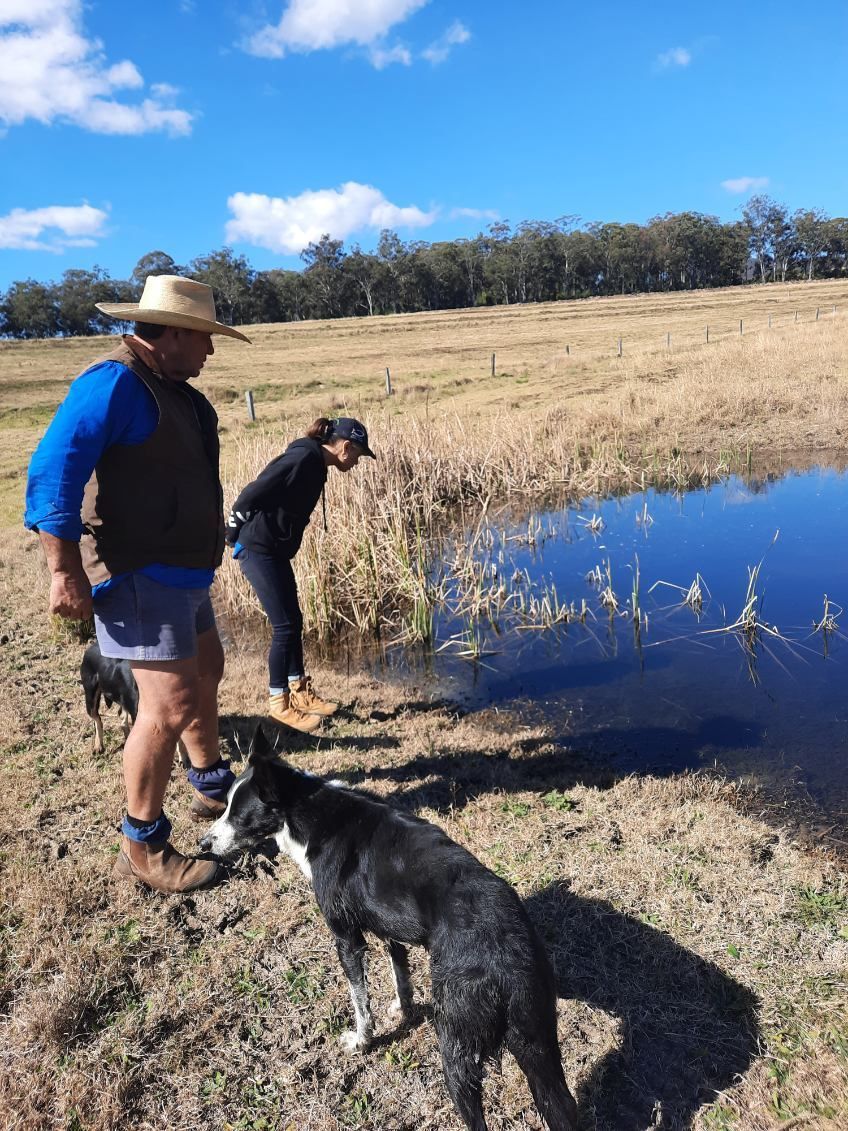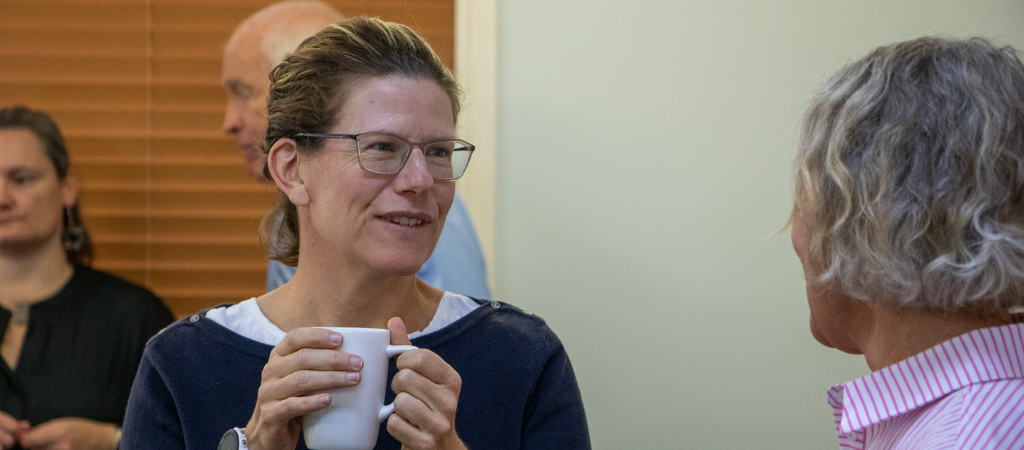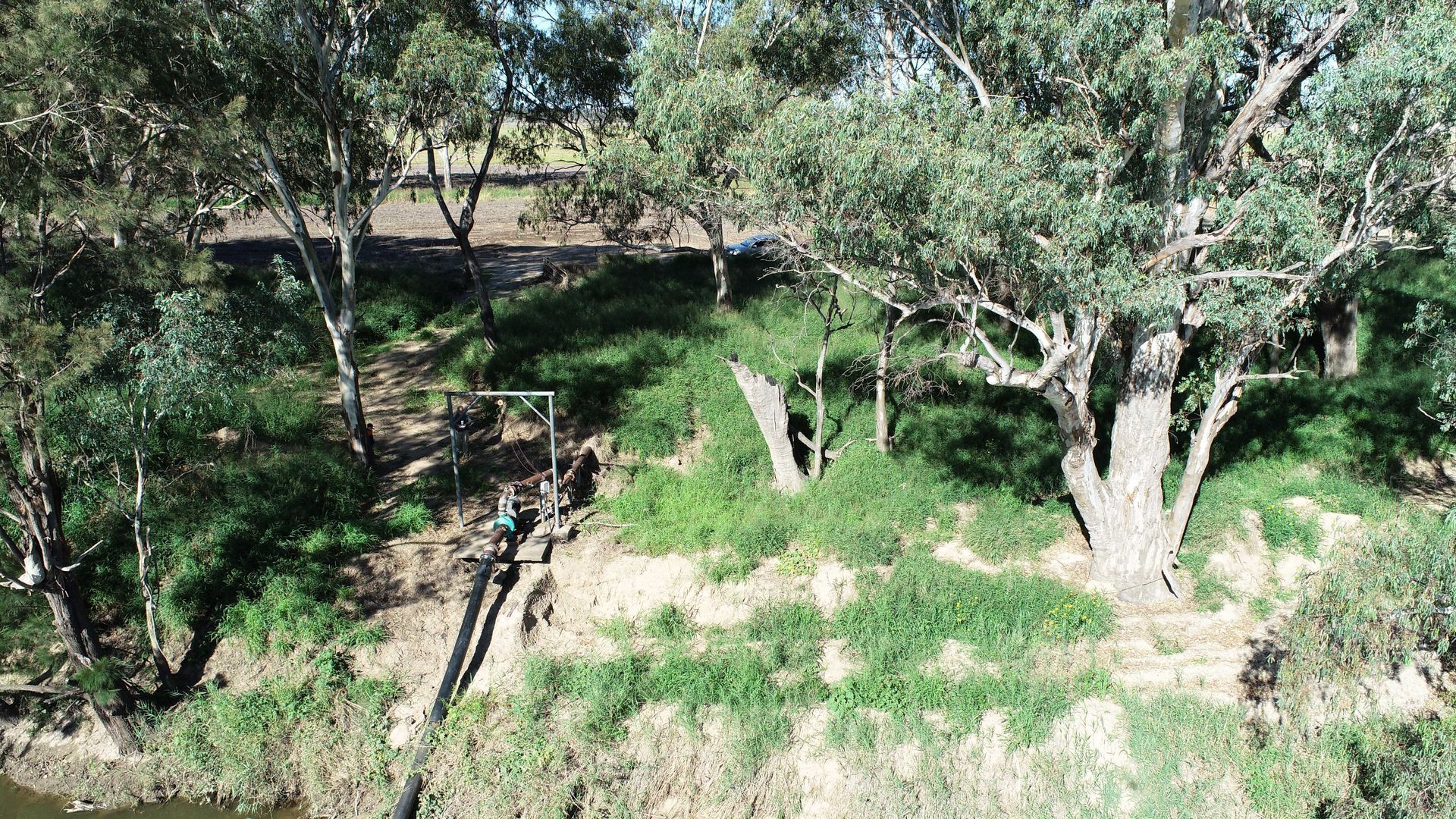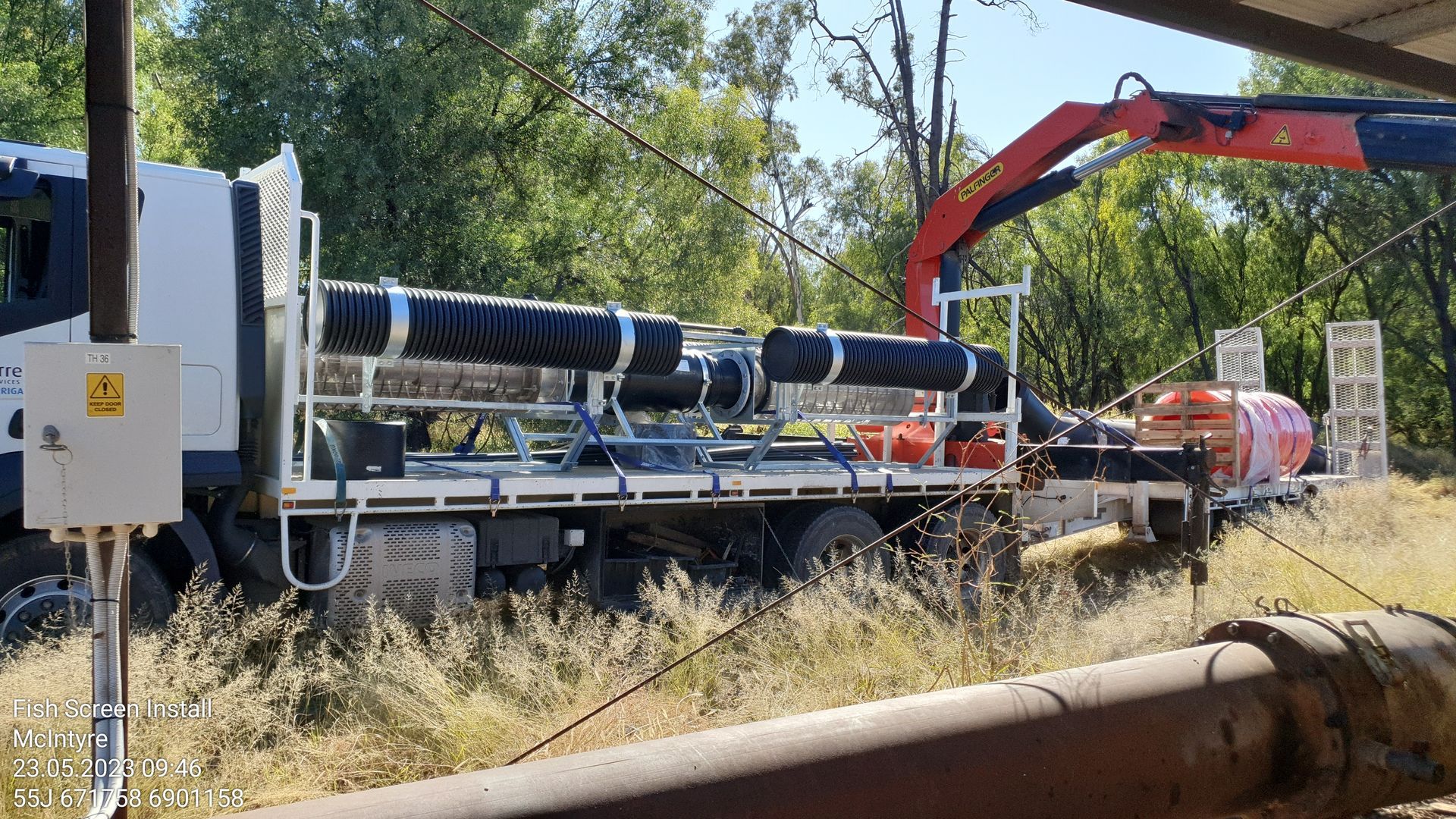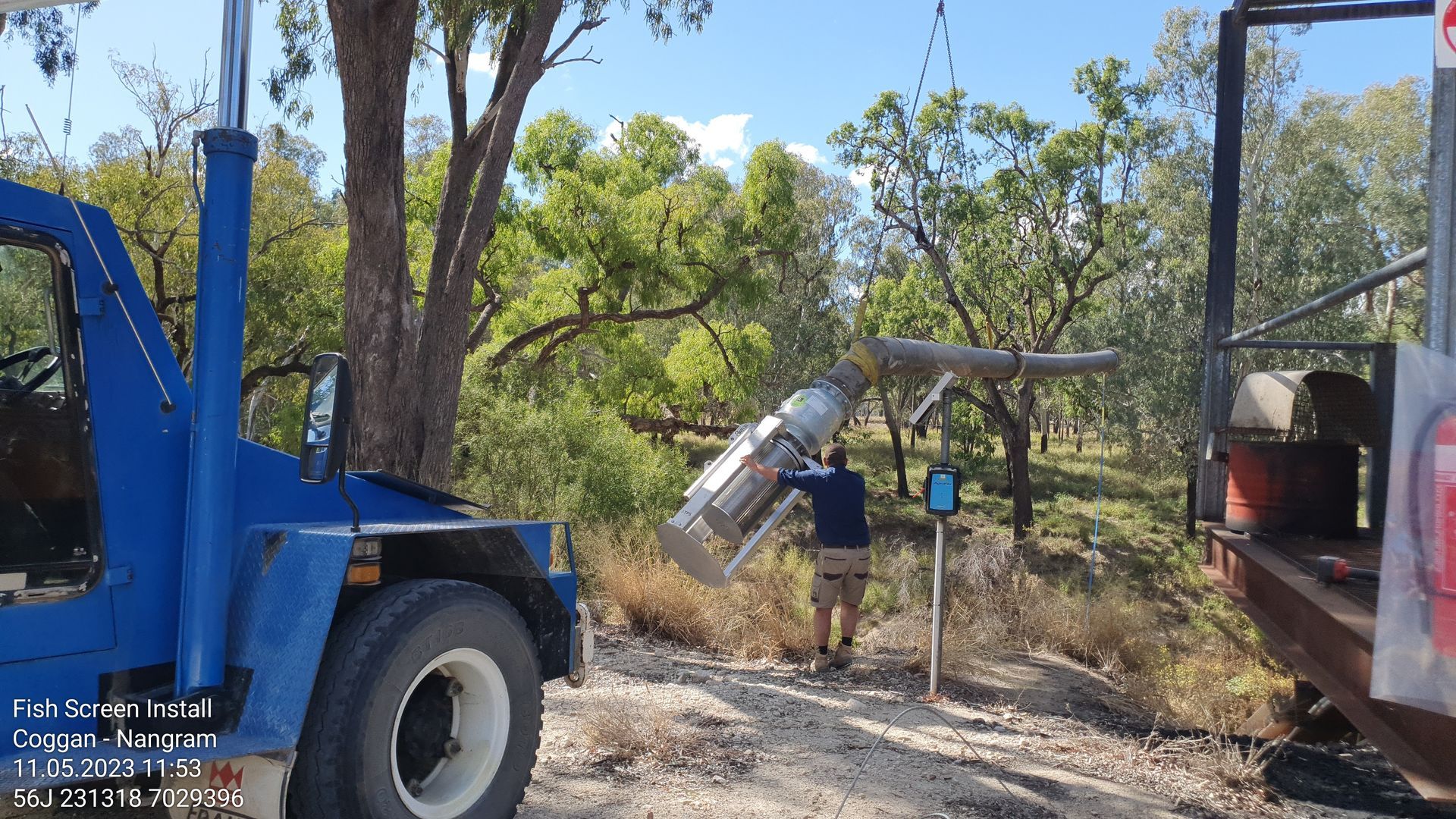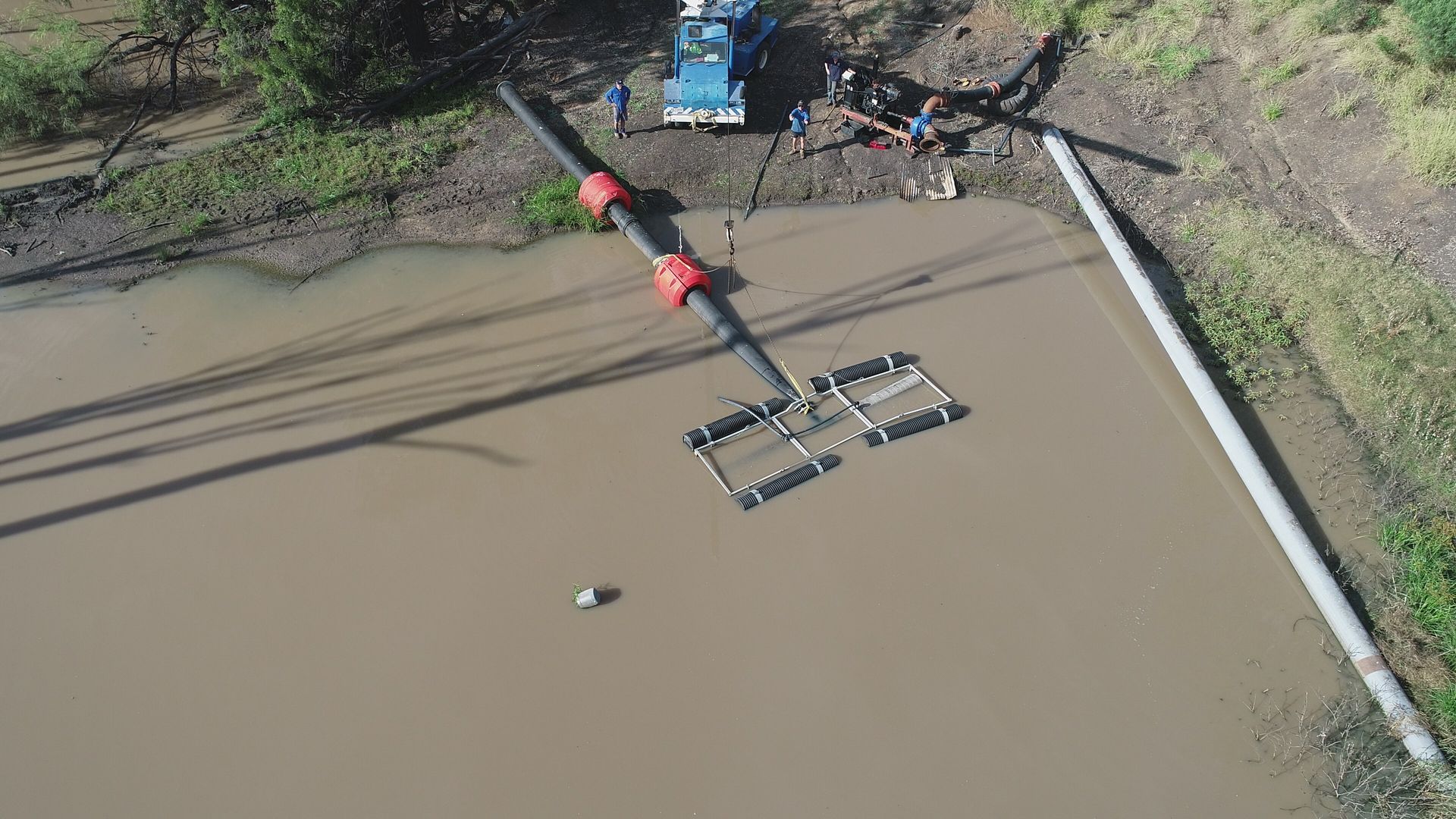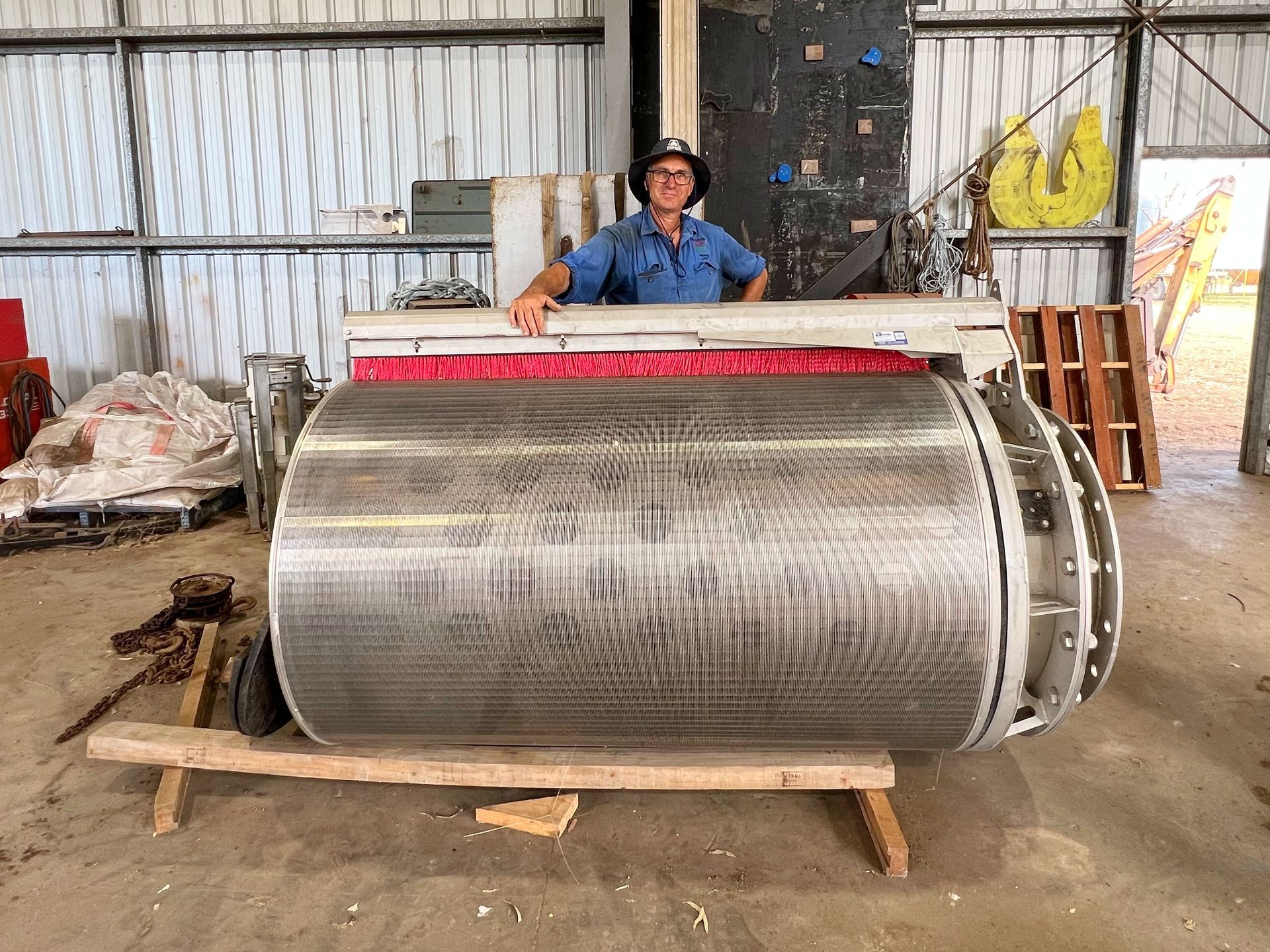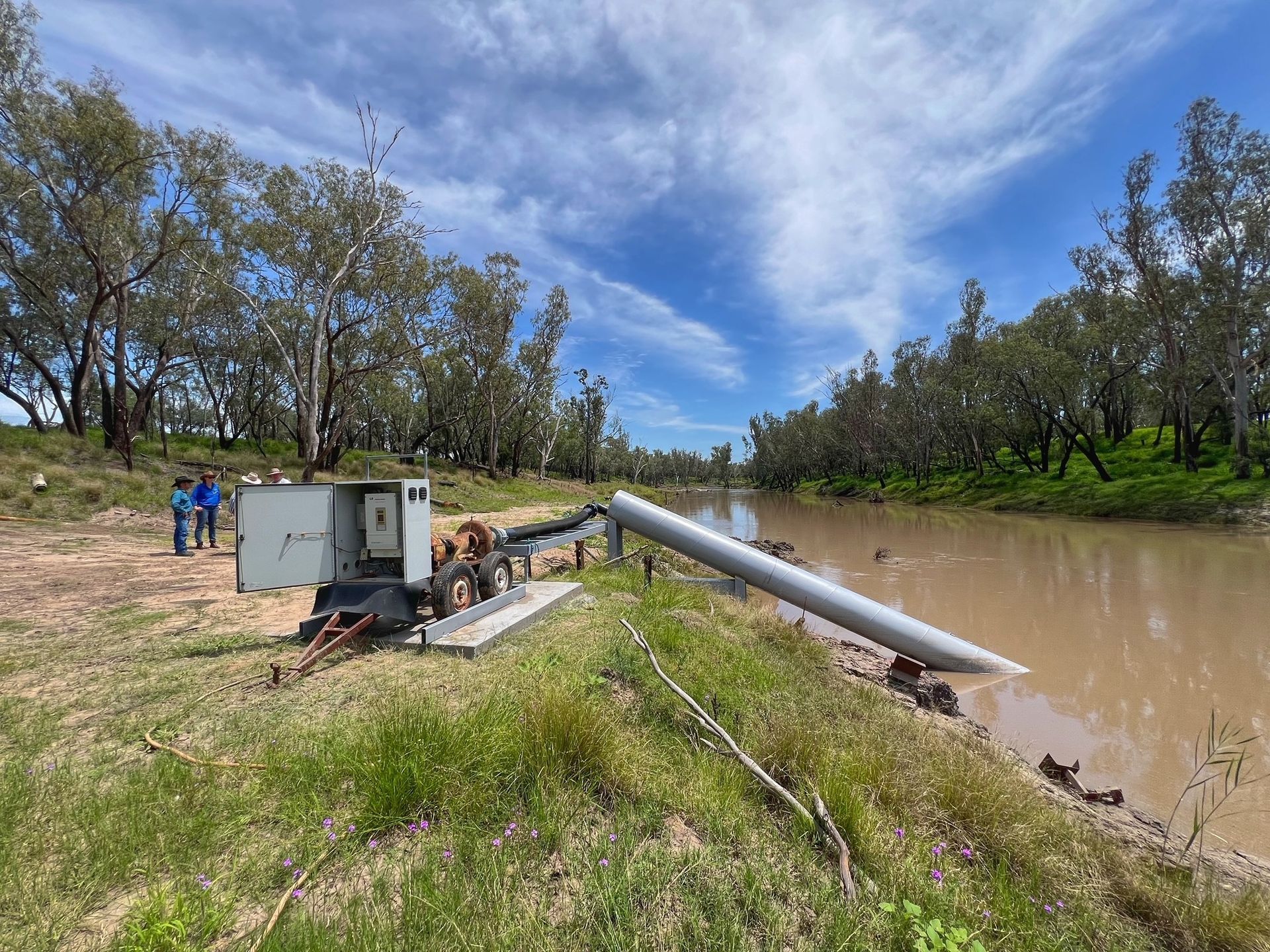Flood after flood along an unfenced stretch of the Condamine River near Warwick was proving to be a headache for land manager Mitchell Duff as he battled erosion and bogged cattle.
So when the Loch Lomond grazier saw an advertisement for fencing assistance from Southern Queensland Landscapes he jumped at the opportunity to participate and install fencing on ‘Benchmark’; a 650 acre property with river frontage.
“Yeah I saw the ad on Facebook and told Mum we should throw our hat in the ring for some funding and get this two kilometre stretch of river fenced,” Mitchell Duff said.
“Our main concern was that this stretch of the Condamine is only about three metres wide so the banks are really steep and when you’ve got cattle going up and down them to drink, the banks get heavily eroded from the traffic; and then they are at risk of further erosion when floods come through as there’s no grass there to hold the bank together,” Mr Duff said.
“On top of that we were also constantly getting calls from our neighbours; sometimes up to three kilometres up the river to come and get our cattle because once they went down to drink from the river they were heading in the neighbours direction and just kept going,” he said.
“So fencing that riverbank was going to solve two problems for us; reducing the erosion along the riverbank and keeping the cattle on our own block.”
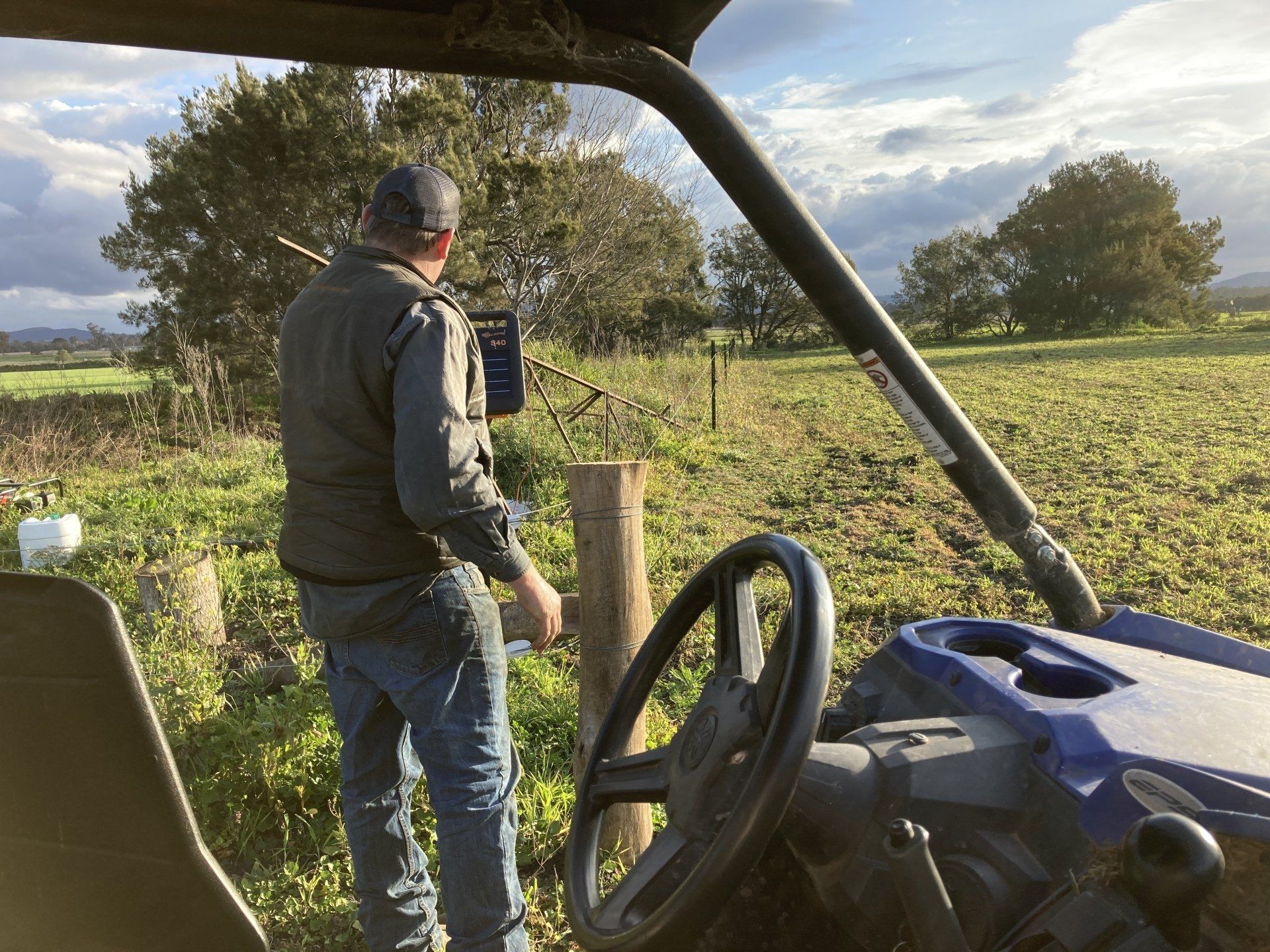
“The two-strand electric fencing hasn’t got choked up with debris in flood water and the funding also covered a Gallagher solar fence energizer which delivers enough of a kick to keep the cattle off the river bank,” Mr Duff said.
It’s early days with the 1800 metres of fencing only finished in June 2022 but Mitchell Duff already said he’s enjoying the benefits of fencing the riverbanks.
“My days are a little less hectic now and I’ve got more time to do more meaningful jobs around the farm because I’m not retrieving cattle from our neighbours or pulling them out of bogged river banks,” Mitchell Duff said.
“Plus if you do manage to get to them in time when they are bogged usually they don’t do so well after being pulled out of the mud so losses associated with the cattle dying have also been reduced,” Mr Duff said.
“With all the rain we’ve had you can already start to see that the vegetation along the river banks is starting to thicken up and that is going to really help hold those river banks when the next flood goes through and I won’t be retrieving my top soil from the other end of the paddock,” he said.
“And now that I have got that river bank fenced when we are in the grip of drought again I will be able to access the paddock as a last resort to keep my livestock going.”
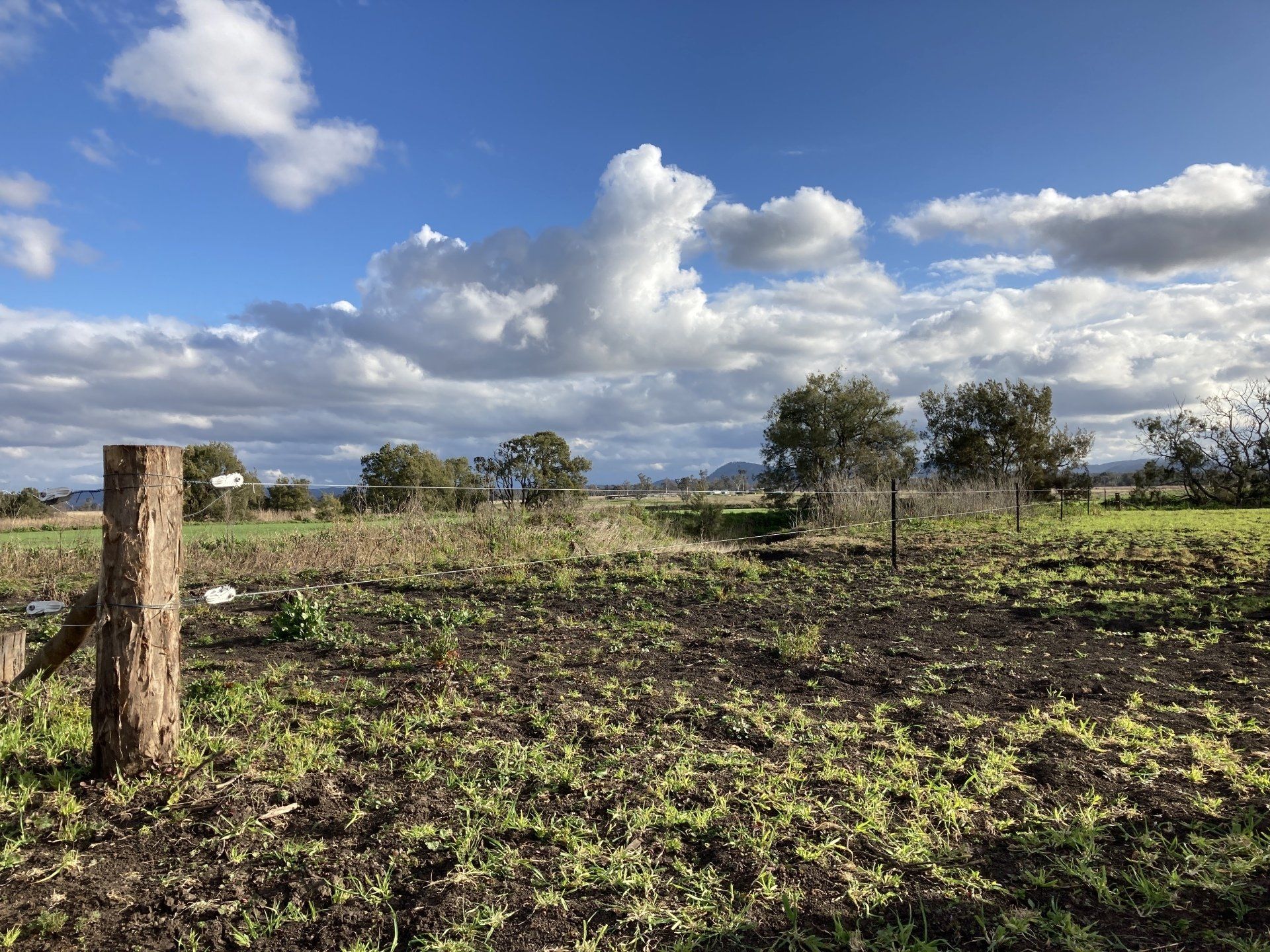
“So fencing that riverbank was going to solve two problems for us; reducing the erosion along the riverbank and keeping the cattle on our own block.”
Mitchell Duff opted to install two-strand electric fencing along the riverbank to reduce issues surrounding fence losses associated with flood water.
“I got around $4,000 dollars in funding assistance from Southern Queensland Landscapes which I decided to fully invest in material and install myself; it was great because I could just plug away at it each afternoon after work and I was able to really make those funds stretch because I was providing the labour to put the fence in,” Mitchell Duff said.
“The two-strand electric fencing hasn’t got choked up with debris in flood water and the funding also covered a Gallagher solar fence energizer which delivers enough of a kick to keep the cattle off the river bank,” Mr Duff said.
“Plus I was also able to get another $1,000 of funding from SQ Landscapes to put in a water trough off the riverbank so the cattle still have access to fresh, clean water,” he said.
Having unsuccessfully applied for assistance in the past, Mitchell Duff reckons the Northern Basin Fencing Program has been the easiest funding opportunity he’s ever taken part in.
“From the time I saw the advertisement on Facebook, to the time that mum filled out the application to the time that the project manager was standing in the paddock here with me was about a week; it was just that easy,” Mitchell Duff said.
“Anyone thinking about applying for a project like this with SQ Landscapes, just stop thinking and do it because it’s just been so easy; and we really couldn’t have got the fence in without the help and assistance so it’s just been great,” Mr Duff said.
“Plus when the project manager was here checking out the paddock she saw we had some lantana so she organised to access some other funding to get that sprayed to; it’s really been a great experience working with people who know what they’re doing and are here to help,” he said.
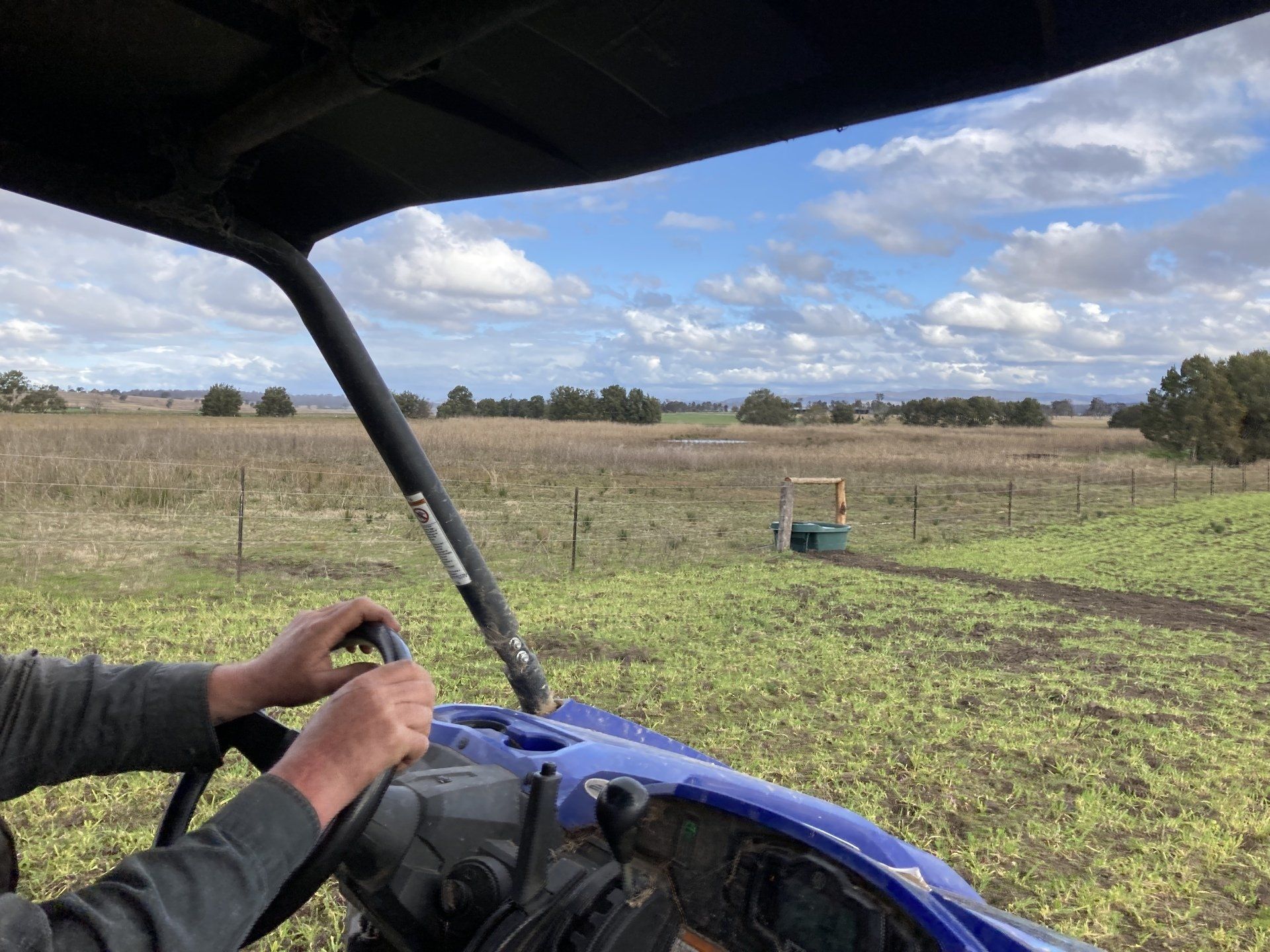
“My days are a little less hectic now and I’ve got more time to do more meaningful jobs around the farm because I’m not retrieving cattle from our neighbours or pulling them out of bogged river banks,” Mitchell Duff said.
Meanwhile, Southern Queensland Landscapes Business Operations Manager and Project Delivery Officer, Leanne Stevens said the Duff’s fenceline is just one project rolling out under the Australian Government funded $7.5 million Fencing Northern Basin Riverbanks Project (Qld).
“Currently we’ve got 66 land managers and about 538 kilometres of fencing rolling out along river banks right throughout Southern Queensland; that’s covering an area of 314,398 square kilometres across five catchments,” Leanne Stevens said.
“We’ve been working with local communities, Aboriginal organisations and land managers, like the Duff’s, to deliver these projects before June 2023; which has been no mean feat at the moment with the amount of flooding and rain we have been dealing with,” Ms Stevens said.
“The works are essential to the long-term sustainability of about 50-species of native fish throughout the northern Murray Darling Basin and will go a long way to improving water health right throughout the catchment, managing weeds and connecting water corridors,” she said.
“It’s a win-win for both farmers and fish and we have been thrilled to be working with and collaborating on this project with both the state and federal government to make meaningful improvements to the lives of farmers and the landscape throughout the basin.”
Watch the recent testimonial video at ‘Benchmark’
here
For more information on the Northern Basin Fencing Project visit
here
To keep up to date on opportunities being offered through Southern Queensland Landscapes to improve your natural resources
subscribe to our
Enewsletter or
Become a Member
The Australian Government funded Fencing Northern Basin Riverbanks Projects (Qld) is a $7.5 million dollar investment to support works to benefit farmers and fish. Southern Queensland Landscapes with support from the Queensland Government is working with local communities, Aboriginal organisations and riparian land managers to deliver the project before June 2023.
